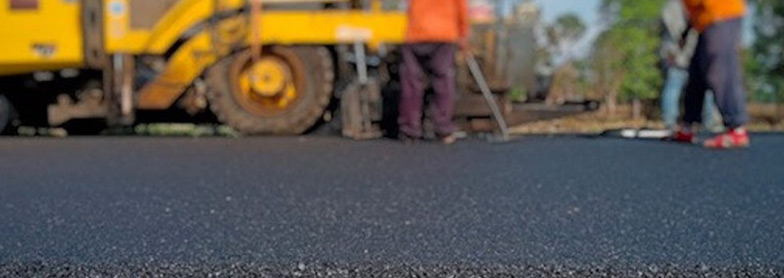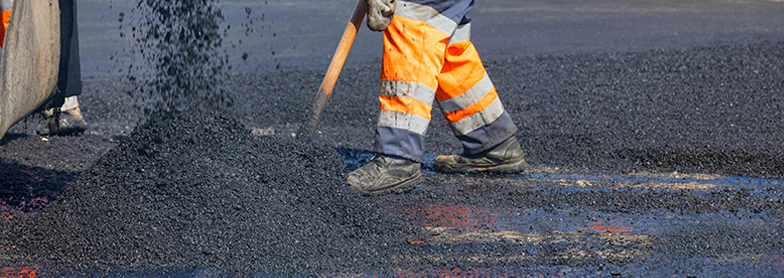Asphalt parking lots are essential for various establishments, providing convenience and accessibility to customers and visitors. However, their durability and longevity can only be protected if constructed with proper drainage systems. In this blog, we’ll delve into the importance of adequate drainage in parking lot paving and how it prevents water damage, ensuring the longevity and functionality of these surfaces.
Why Drainage Matters
Adequate drainage is paramount in parking lot construction due to several reasons.
Preventing Water Accumulation: Without proper drainage, water can accumulate on the parking lot’s surface, leading to puddles and standing water. It poses safety hazards for pedestrians but also accelerates pavement deterioration.
Preventing Structural Damage: Water infiltration into the pavement structure can weaken its integrity over time. The freeze-thaw cycle, common in colder climates, can exacerbate this issue, leading to cracks, potholes, and other forms of damage.
Preserving Aesthetics: Standing water not only causes functional issues but also detracts from the parking lot’s visual appeal. Proper drainage ensures a neat and well-maintained appearance, enhancing the overall impression of the property.
The Role of Drainage Systems
Parking lot paving projects should incorporate effective drainage systems, including:
Surface Grading: Proper grading ensures that the parking lot surface slopes slightly to direct water towards designated drainage points such as catch basins or drains. It prevents water from pooling and encourages efficient runoff.
Catch Basins and Drains: Strategically placed catch basins and drains collect water from the surface and channel it away from the pavement, preventing saturation and potential damage. Regular maintenance is essential to guarantee the efficacy of these parts.
Permeable Pavement: In some cases, porous pavement materials can promote natural water infiltration into the ground, reducing runoff and alleviating stress on drainage systems. This eco-friendly solution also helps mitigate urban heat island effects and replenish groundwater.
Retention and Detention Ponds: For larger parking lots or developments, retention and detention ponds can be implemented to store and manage stormwater runoff temporarily. These ponds aid flood control, promote water filtration, and recharge groundwater reserves.
In conclusion, proper drainage is essential for parking lot paving projects to avoid water damage and guarantee these surfaces’ longevity and functionality. By incorporating effective drainage systems such as surface grading, catch basins, permeable pavement, and retention ponds, property owners and developers can mitigate the adverse effects of water infiltration, prolonging the lifespan of their parking lots and enhancing overall property value. At Via Pave Ltd., we prioritize quality craftsmanship and sustainable solutions to deliver superior parking lot paving services tailored to our client’s needs. Call us to learn more about our all-inclusive paving options and how we can assist you in creating a strong and resilient parking lot for your home.


